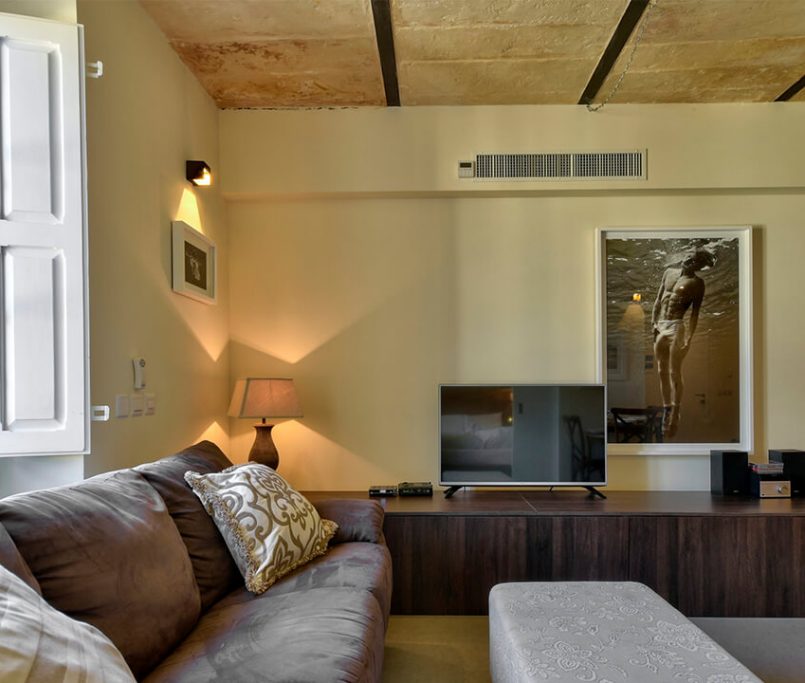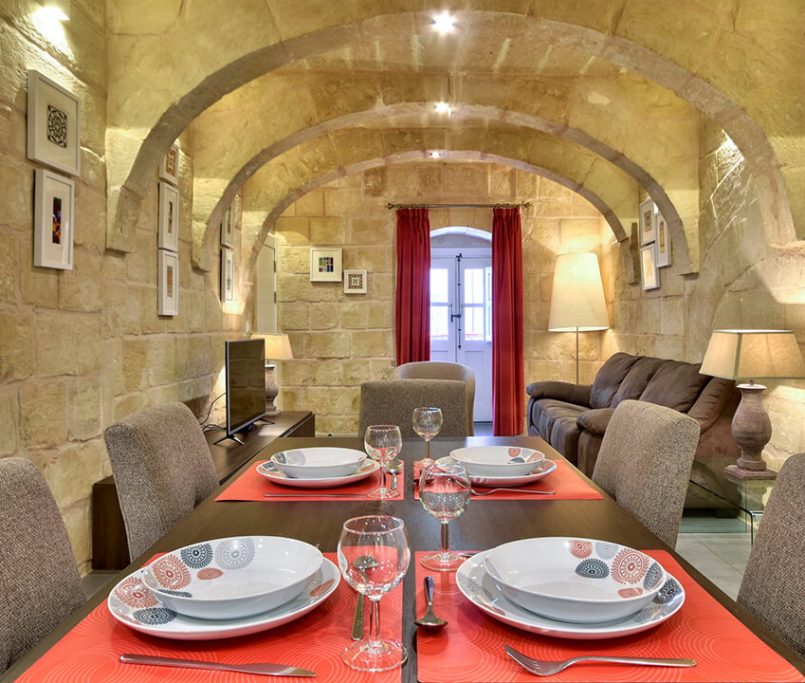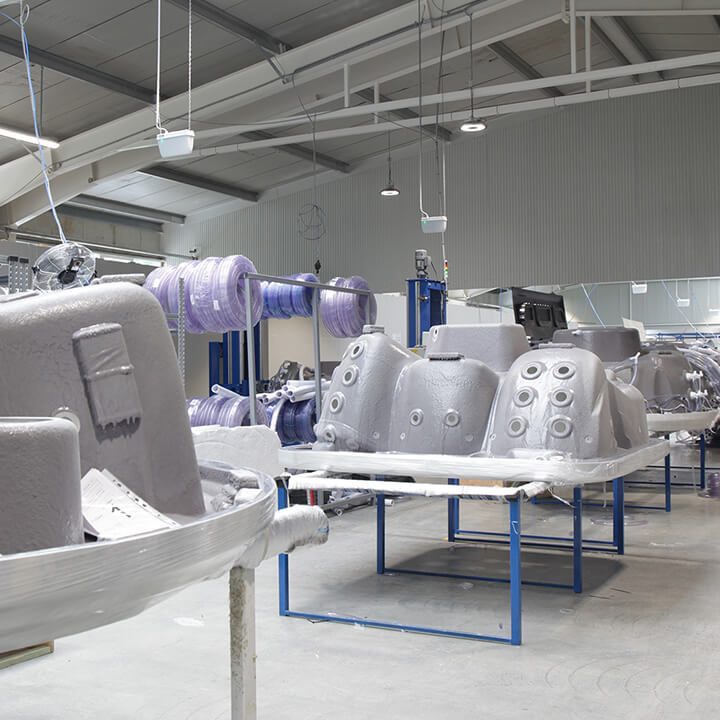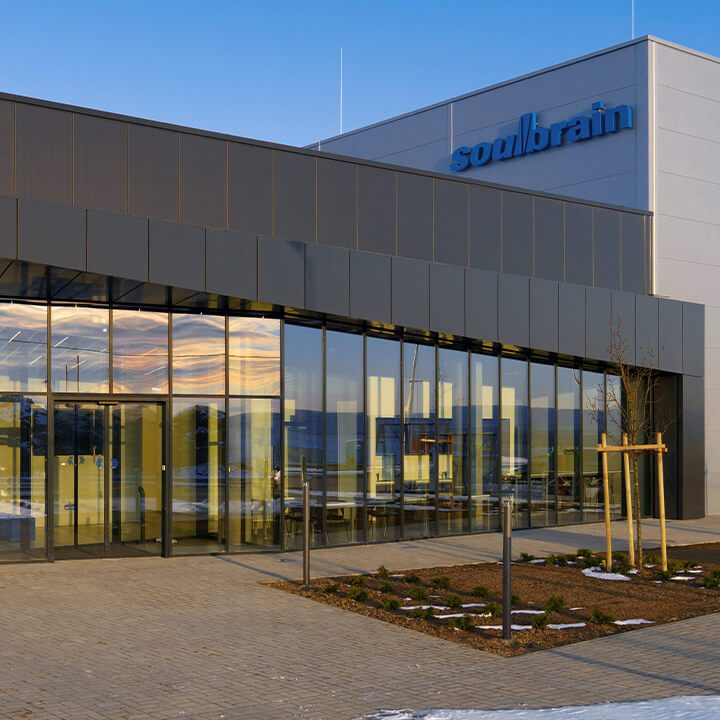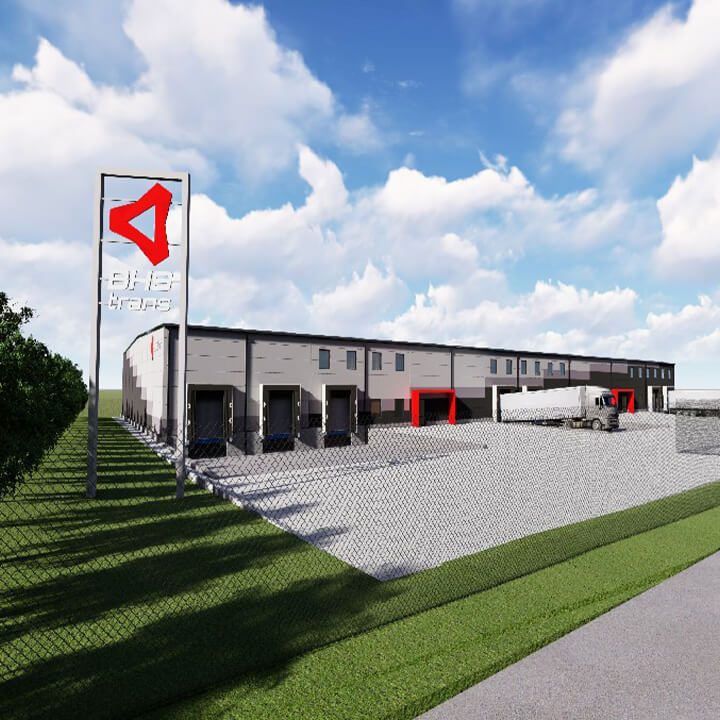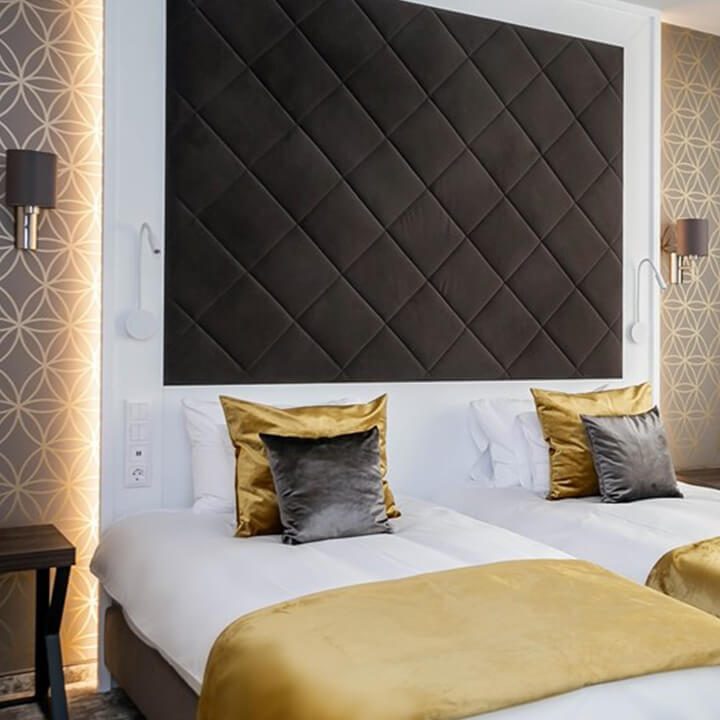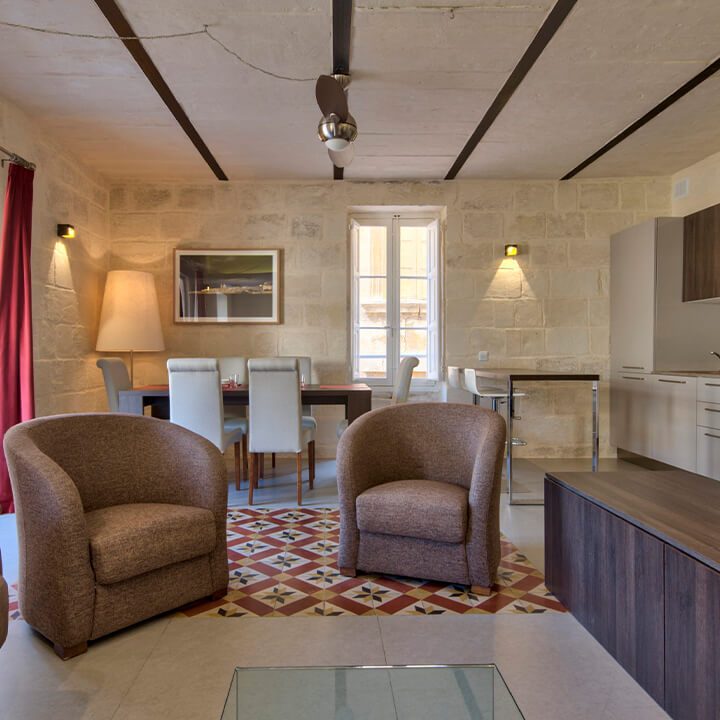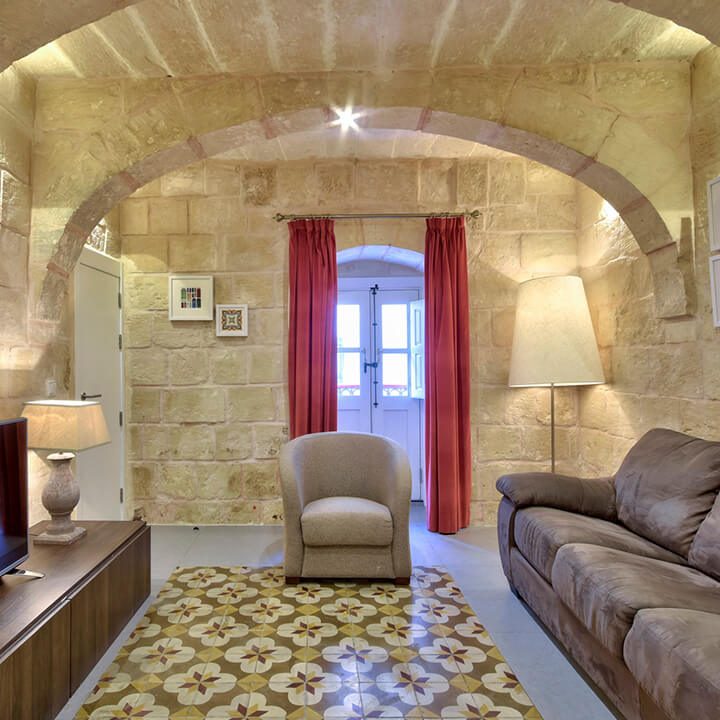Orangery Projekt – VBL Group, Málta
A
VBL Group egyik első nagyszabású projektje az Orangery projekt volt, amelynek lebonyolítását én vezettem.
Ez egy Valletta alsó végén található romos épület teljes felújítása volt. A roskadozó épület vendégfogadóként működött, amelyet Máltán csak “Kerrejja” néven ismertek. Simon Grech, a Grech and Vinci Architects építésze nyerte el a projekt tervezését, melynek célja az volt, hogy hozzon létre egy modern és funkcionális lakótömböt, amely rövid bérbeadásra és hosszabb távú bérlésre is alkalmas lakásokból áll.
Ez a társasház Valletta első teljes tulajdonú tömbje, amelyet átfogóan átalakítottak a bejárati küszöbtől a tetőig. A végeredmény egy csodálatos 9 apartmanból álló blokk lett, amely 3 db egy hálószobás apartmanból, 5 db két hálószobás apartmanból és egy gyönyörű penthouse lakásból áll, ahonnan lélegzetelállító 360 fokos kilátás nyílik a városra. Az épület lifttel is rendelkezik. A kilenc lakásból nyolc a VBL Csoport vendéglátóipari leányvállalata, a VREM révén kelt el.
“A VBL-nél eltöltött idő alatt maximálisan elégedett voltam Dávid munkájának színvonalával, rugalmasságával, precízségével és pontosságával amellyel a vállalat projektjeit kezelte. A munkaviszony első napjától kezdve David csak arra törekedett, hogy felettesei elvárásait teljesítse, és a meghatározott szabványok és határidők maximális betartásával hajtsa végre a projekteket. Dávid emellett a végsőkig tisztességes ember, kellemes társaság, aki példásan vezeti csapatát. Magabiztosan tudom ajánlani bárkinek az építőipari szektorban, és remélem, hogy a jövőben még fogunk együtt dolgozni.”
Dr. Andrei Intbroll
architect:
project type:
Terms:
client:
Strategy:
date:
Az Orangery Projekt Végeredménye Képekben
Design in Details
In design, we bring characteristics of the natural world into built spaces, such as water, greenery, and natural light, or elements like wood and stone. Encouraging the use of natural systems and processes in design allows for exposure to nature, and in turn, these design approaches improve health and wellbeing. There are a number of possible benefits, including reduced heart rate variability and pulse rates, decreased blood pressure, and increased activity in our nervous systems, to name a few.
Over time, our connections to the natural world diverged in parallel with technological developments. Advances in the 19th and 20th centuries fundamentally changed how people interact with nature. Sheltered from the elements, we spent more and more time indoors. Today, the majority of people spend almost 80-90% of their time indoors, moving between their homes and workplaces. As interior designers embrace biophilia.
[30m2]
bedroom
[22m2]
bathroom
[28m2]
workspace
[15m2]
kitchen area
Incredible Result
Establishing multi-sensory experiences, we can design interiors that resonate across ages and demographics. These rooms and spaces connects us to nature as a proven way to inspire us, boost our productivity, and create greater well-being. Beyond these benefits, by reducing stress and enhancing creativity, we can also expedite healing. In our increasingly urbanized cities, biophilia advocates a more humanistic approach to design. The result is biophilic interiors that celebrate how we live, work and learn with nature. The term translates to ‘the love of living things’ in ancient Greek (philia = the love of / inclination towards), and was used by German-born American psychoanalyst Erich Fromm in The Anatomy of Human Destru ctiveness (1973).











